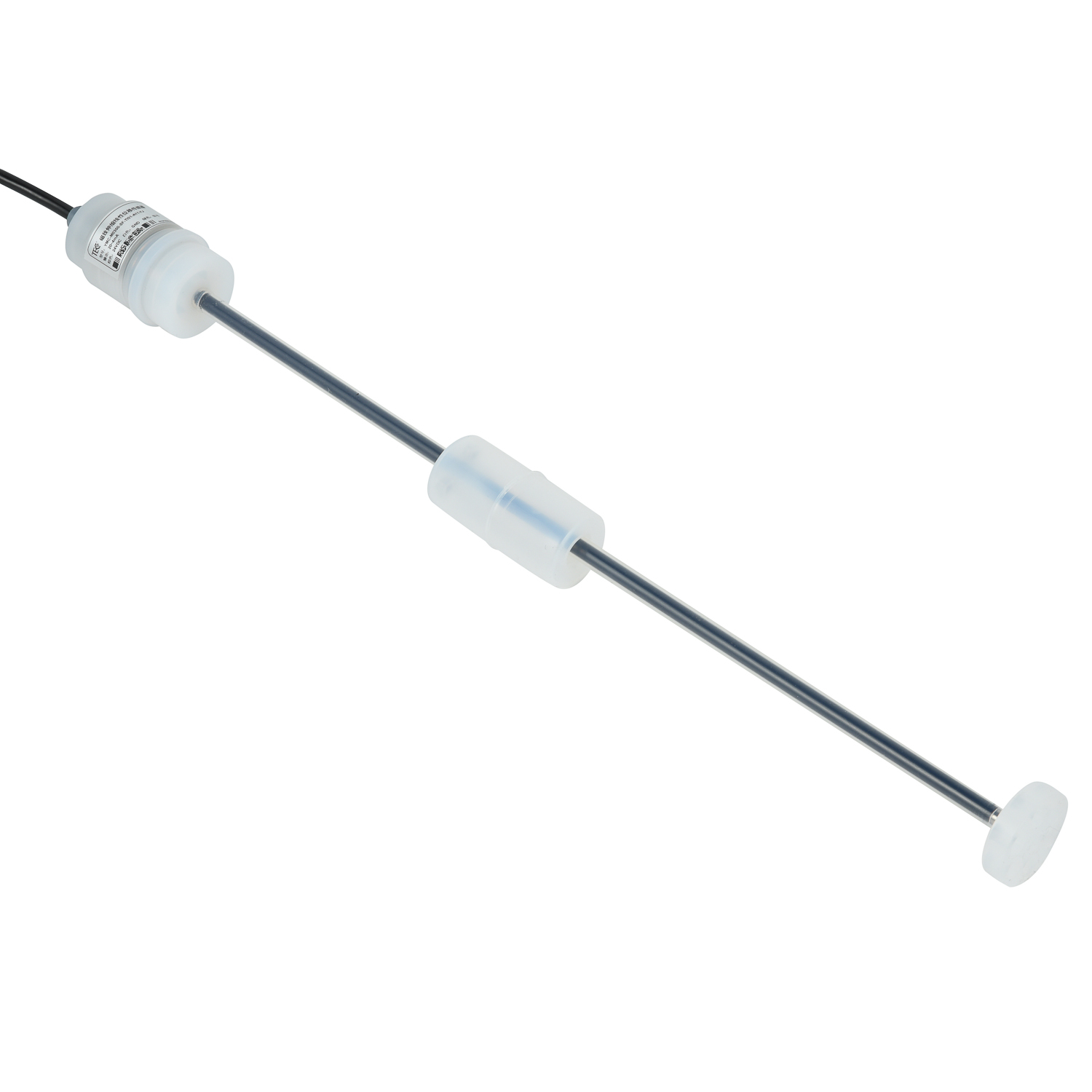How to design highly reliable magnetostrictive sensors?
Understanding the fundamental operating principles of magnetostrictive technology forms the cornerstone of reliable sensor design. These sensors function based on the magnetostrictive effect, where certain materials change shape when exposed to a magnetic field. The core mechanism involves generating a torsional stress wave that travels along a waveguide when a current pulse interacts with a permanent magnet's field. This precise physical phenomenon enables accurate position measurement by calculating the time difference between wave generation and detection. Mastering these underlying physics allows engineers to optimize designs for specific applications while anticipating potential failure points.
Material selection critically impacts sensor longevity and performance consistency. The waveguide material must exhibit strong magnetostrictive properties while resisting corrosion and mechanical fatigue. Common choices include specialized iron-nickel alloys and cobalt-based materials that maintain stable characteristics across temperature variations. The permanent magnet material selection equally important, requiring high coercivity to resist demagnetization over time. Additionally, housing materials must provide adequate protection against environmental factors while allowing efficient magnetic field interaction.
Structural design considerations directly influence mechanical robustness and measurement accuracy. The waveguide must be precisely tensioned and supported to minimize vibrations that could distort measurements. Optimal magnetic circuit design ensures sufficient field strength at the sensing location while minimizing stray fields that might cause interference. Proper sealing techniques prevent moisture ingress, and thermal compensation mechanisms maintain accuracy across operating temperature ranges. The mechanical interface design should accommodate installation tolerances without introducing measurement errors.

Advanced signal processing techniques significantly enhance reliability by compensating for various error sources. Sophisticated algorithms can filter electrical noise, compensate for temperature effects, and detect abnormal operating conditions. Time-to-digital conversion methods with high resolution ensure precise position detection, while adaptive filtering maintains signal integrity in electrically noisy environments. Implementing self-diagnostic capabilities allows the sensor to report its health status, enabling predictive maintenance before failures occur.
Environmental protection measures are essential for reliable operation in industrial settings. Comprehensive sealing using multiple barriers protects internal components from contaminants like dust, oils, and coolants. Electromagnetic shielding prevents interference from motors and power electronics, while surge protection circuits safeguard against voltage spikes. Conformal coatings on electronic boards provide additional protection against humidity and chemical exposure, ensuring long-term stability in harsh conditions.
Rigorous testing protocols validate sensor reliability under simulated real-world conditions. Accelerated life testing subjects prototypes to extreme temperature cycles, mechanical shock, and continuous operation to identify potential failure modes. Environmental testing verifies performance across specified temperature, humidity, and pressure ranges. EMI/EMC testing ensures electromagnetic compatibility, while long-term stability testing confirms measurement consistency over extended periods. These comprehensive validation processes guarantee that only robust designs proceed to production.
Manufacturing process controls maintain consistent quality across production batches. Automated assembly reduces human error, while statistical process monitoring detects deviations before they affect product quality. Critical components undergo 100% testing, with particular attention to waveguide straightness, magnet strength verification, and electronic calibration. Traceability systems record manufacturing data for each sensor, enabling quick identification and resolution of any field issues that may arise.
Implementing comprehensive quality assurance systems completes the reliability framework. This includes supplier qualification programs for raw materials, in-process quality checks during manufacturing, and final performance verification before shipment. Reliability monitoring continues after product release, with field failure analysis feeding back into design improvements. This closed-loop approach continuously enhances sensor reliability based on real-world performance data.
 UpgradingYourLevelMeasurementS
UpgradingYourLevelMeasurementS
 Why are magnetostrictive level
Why are magnetostrictive level
 ComparingMagnetostrictiveandRa
ComparingMagnetostrictiveandRa
 MagnetostrictiveLevelSensorfor
MagnetostrictiveLevelSensorfor
